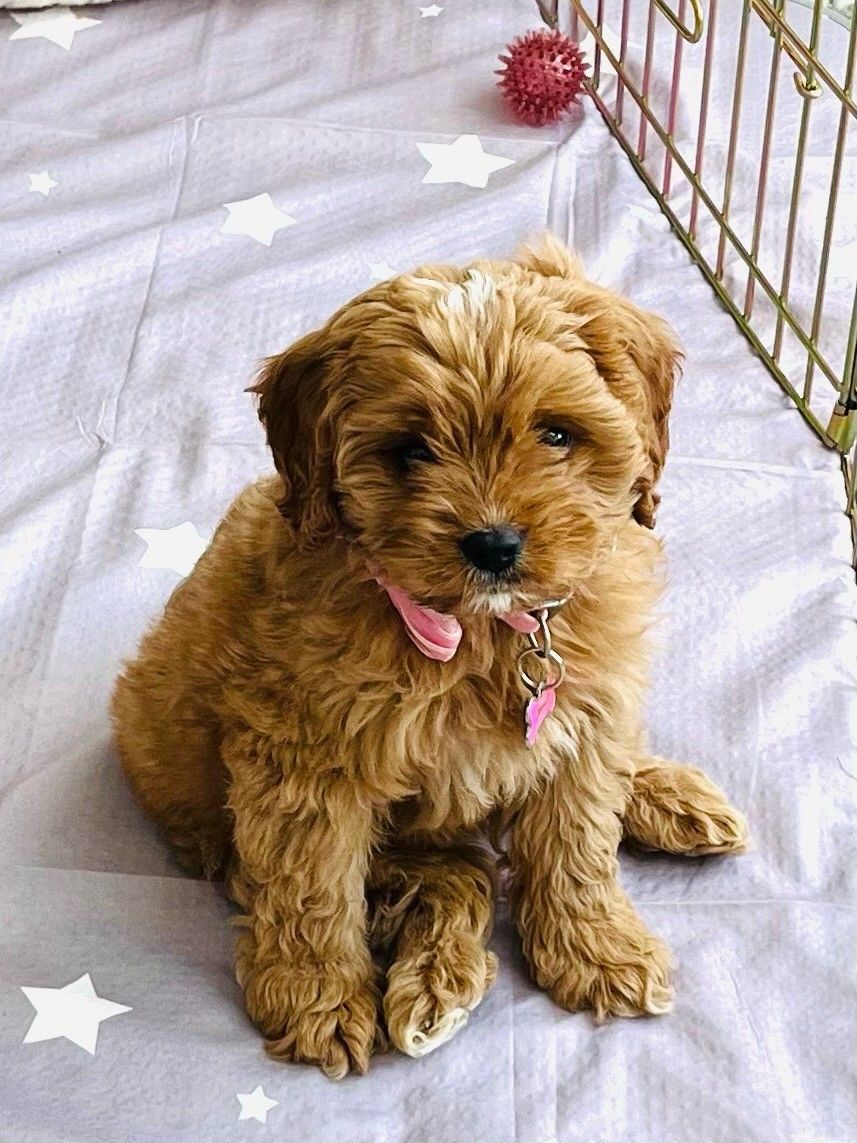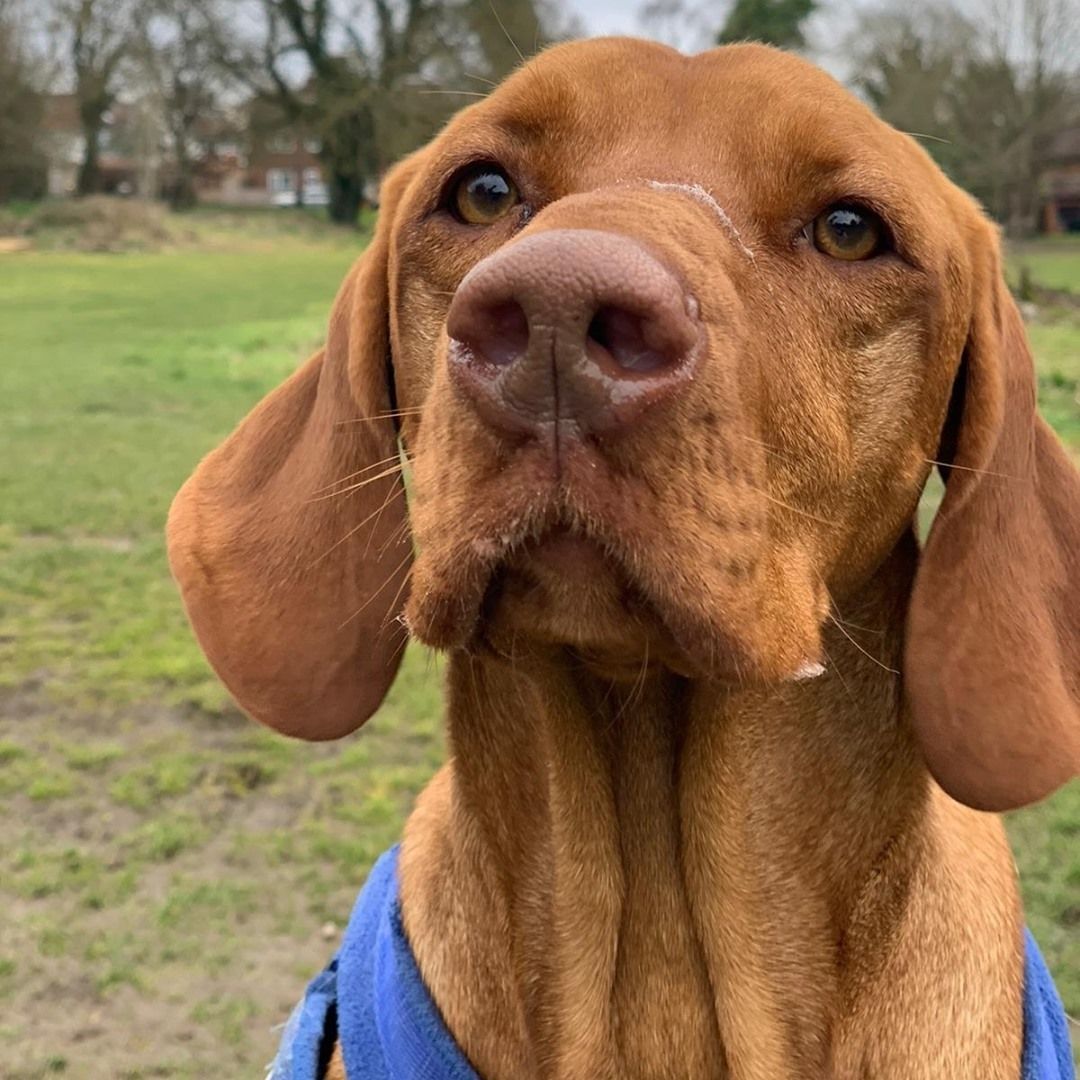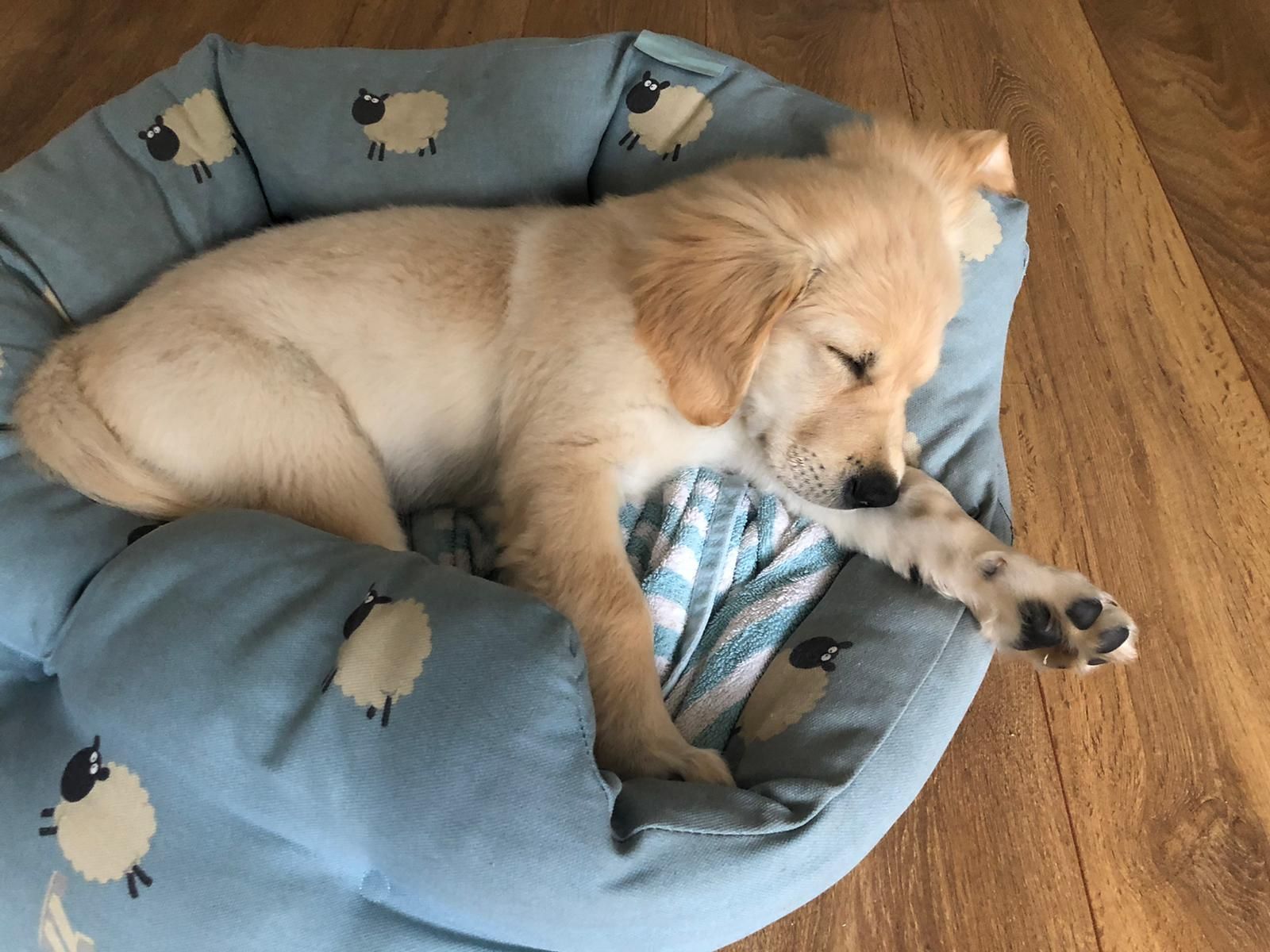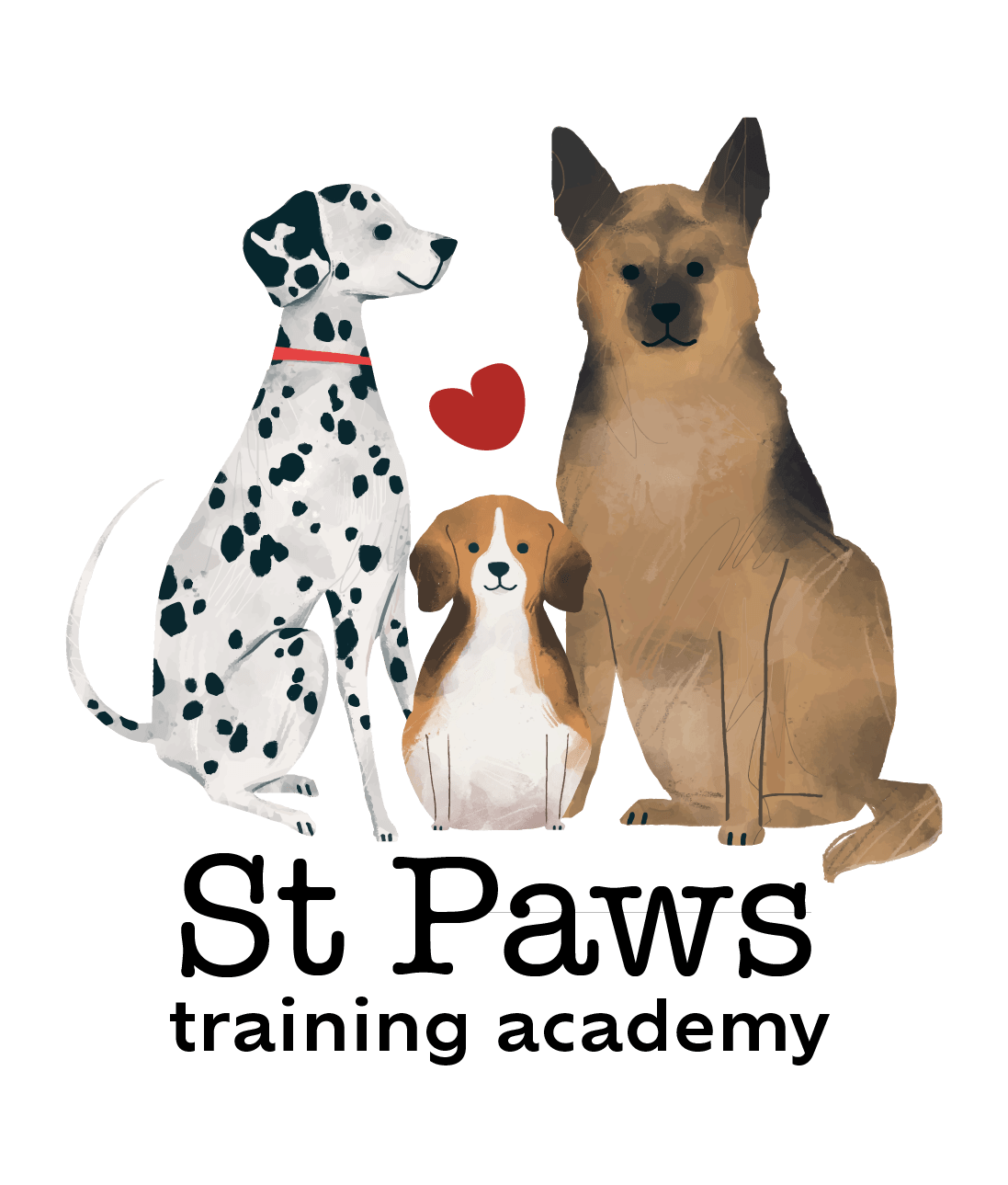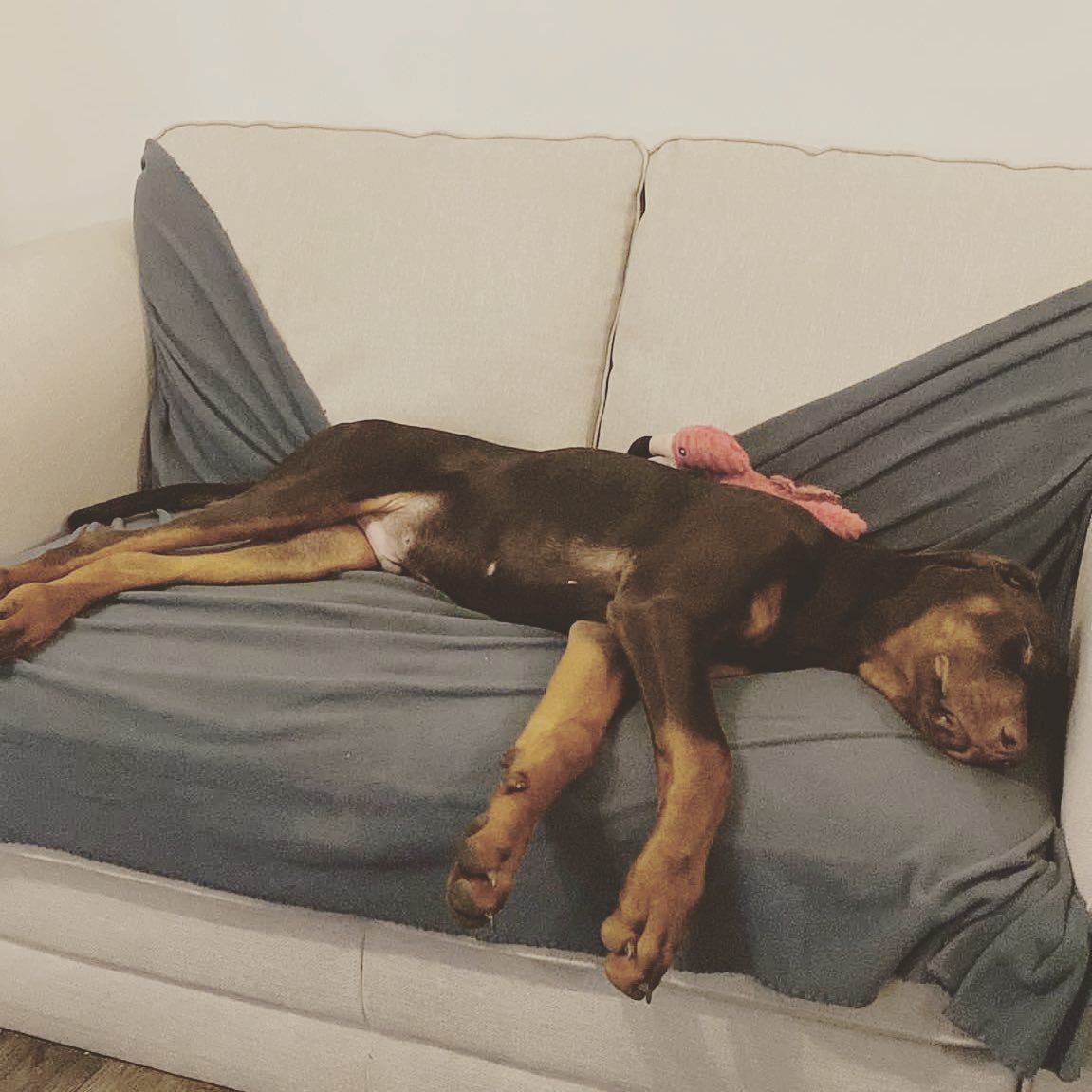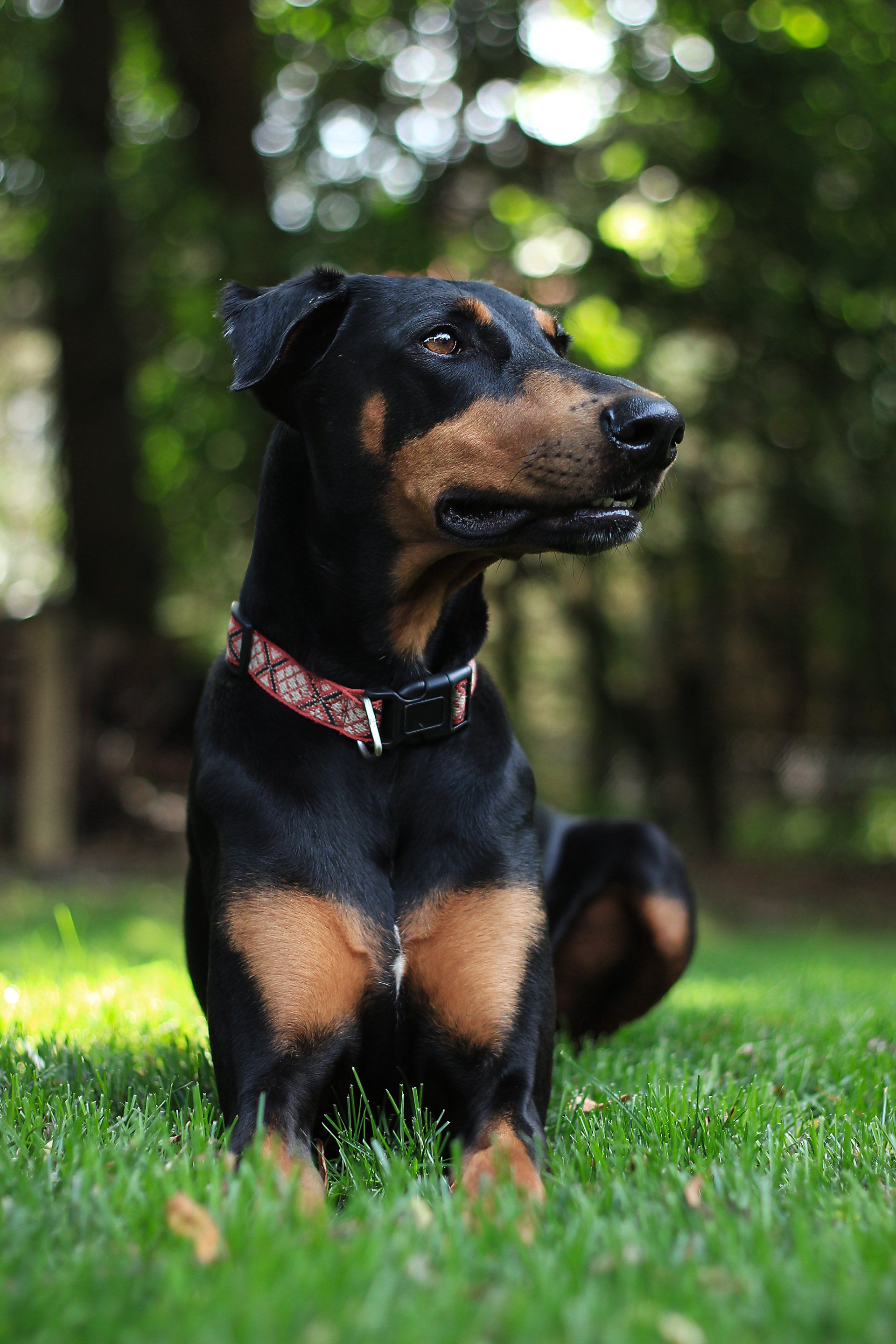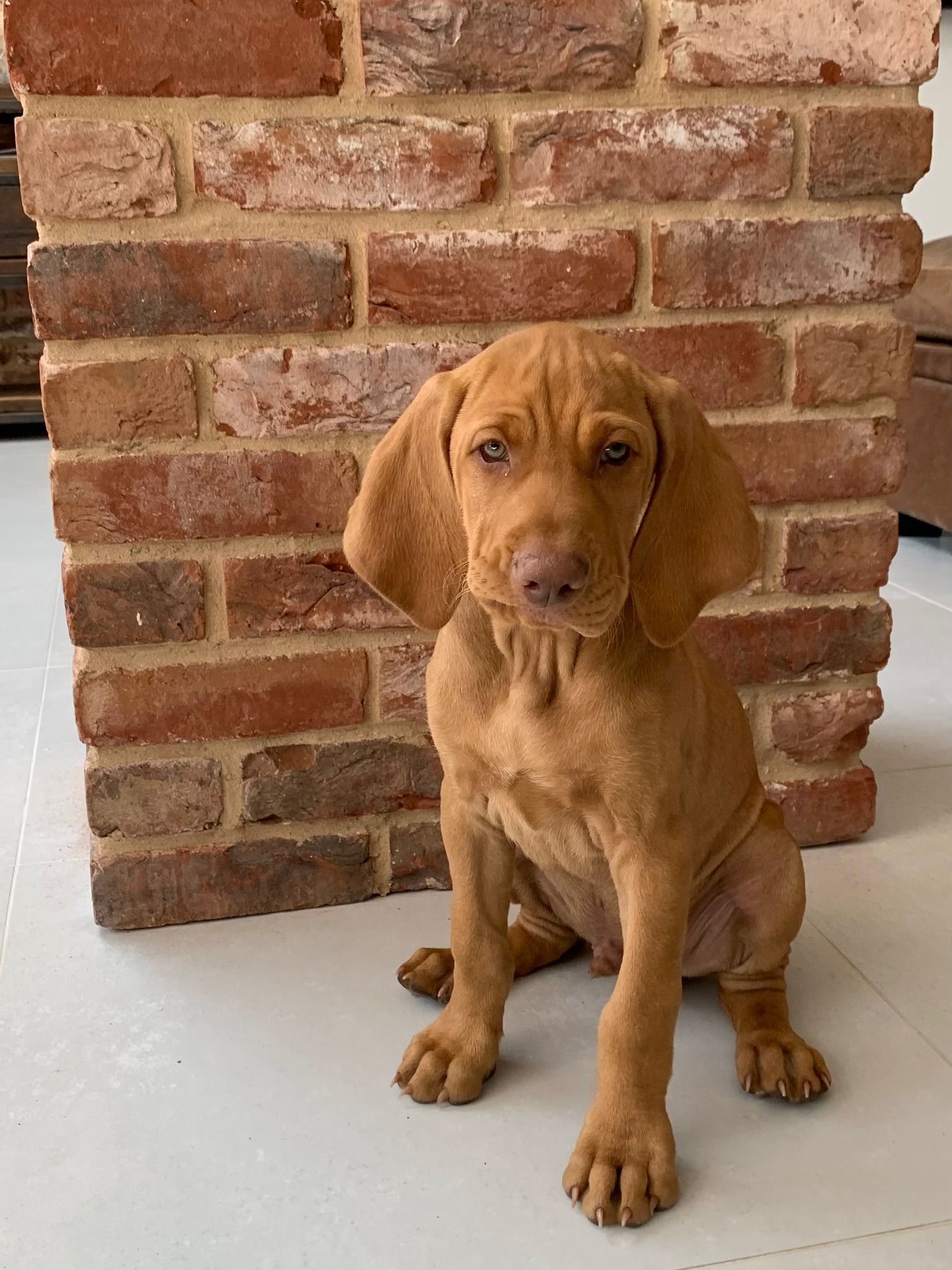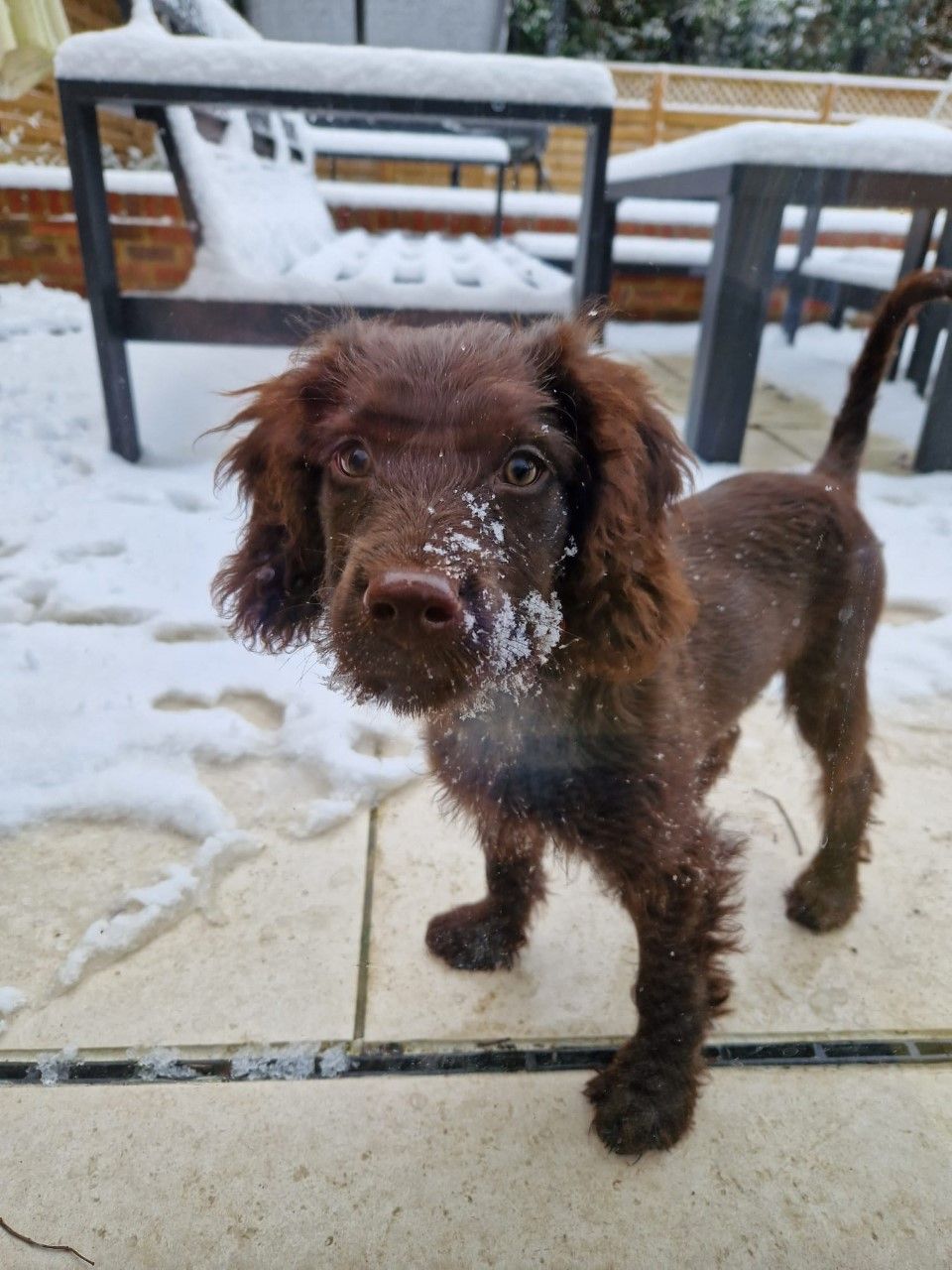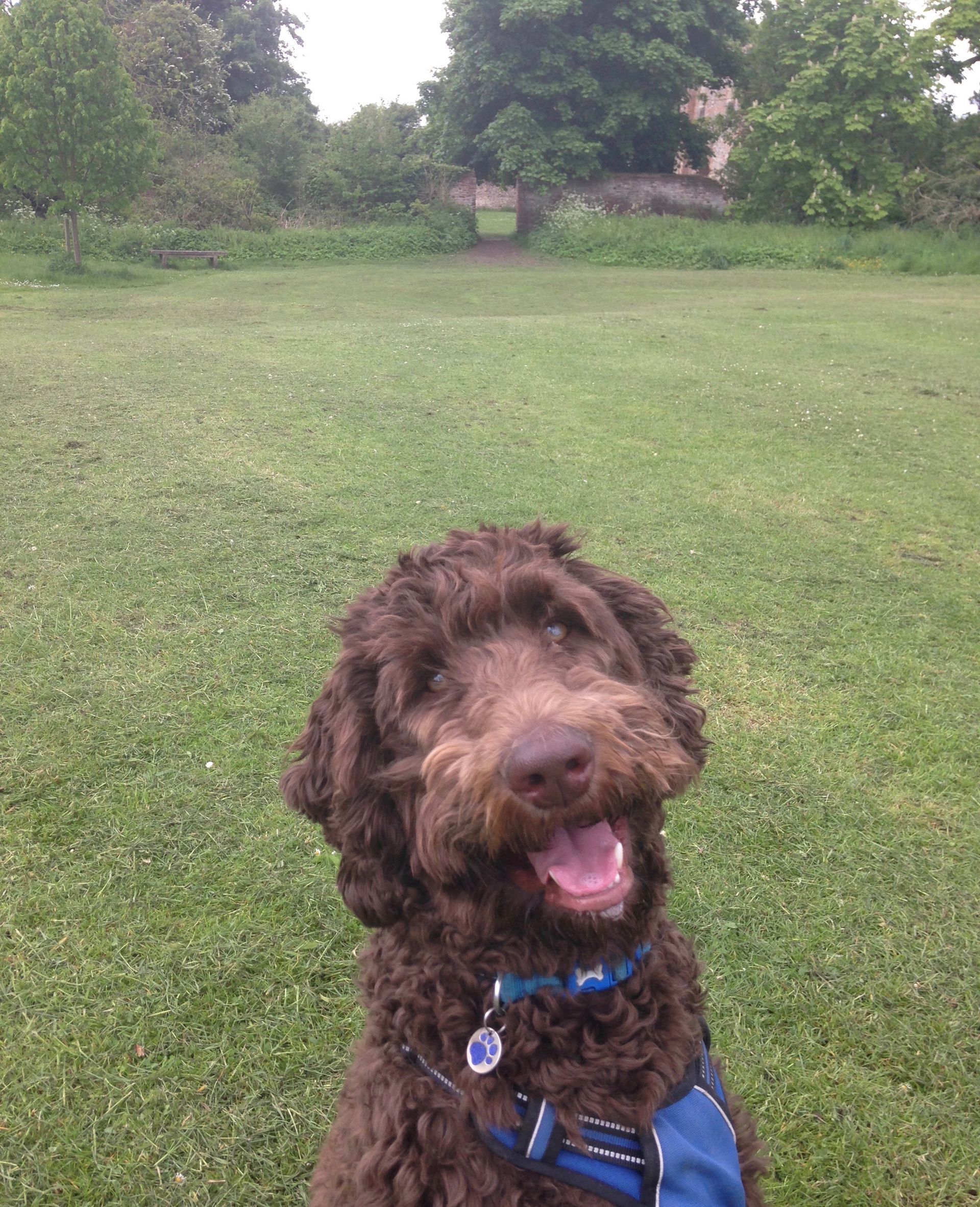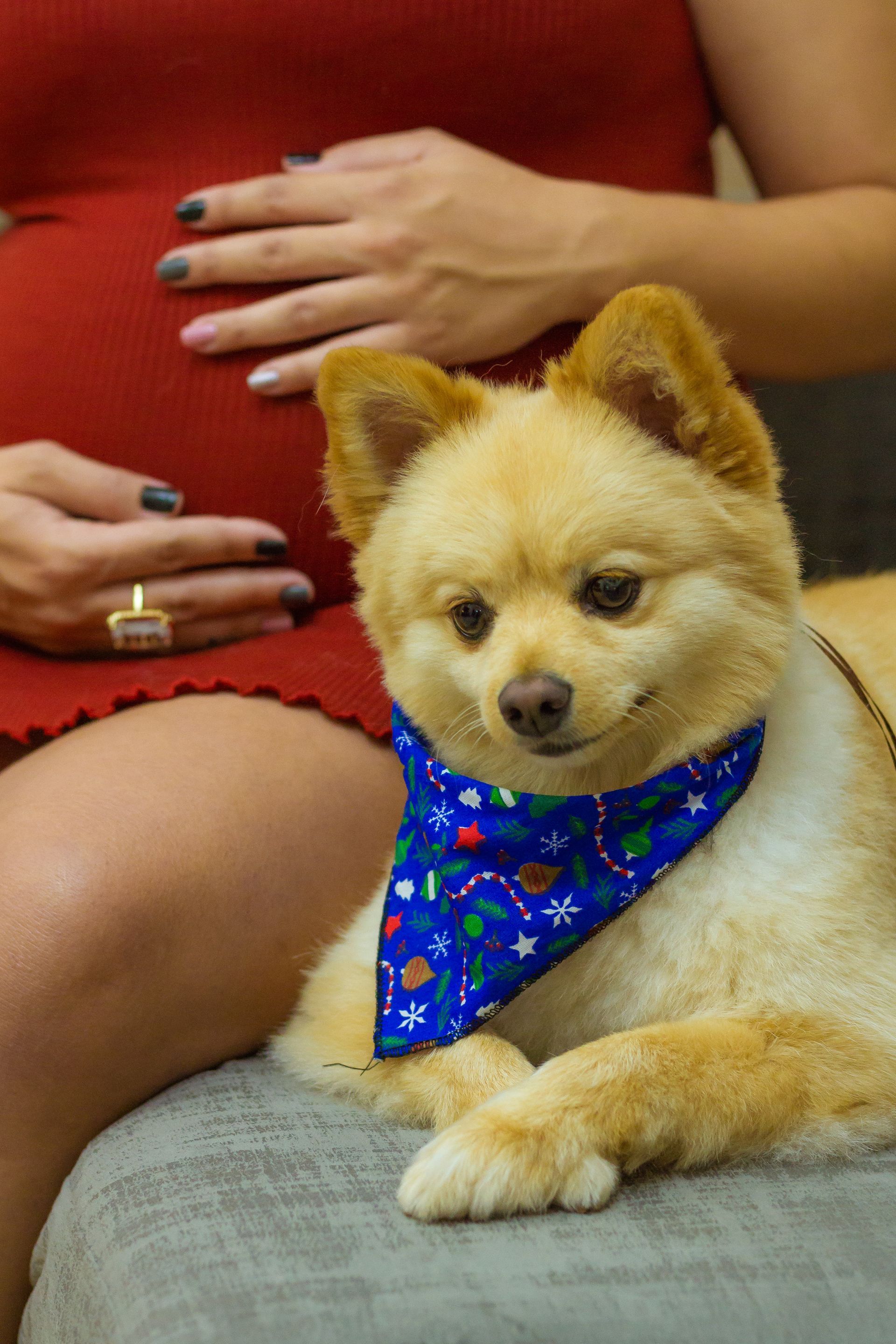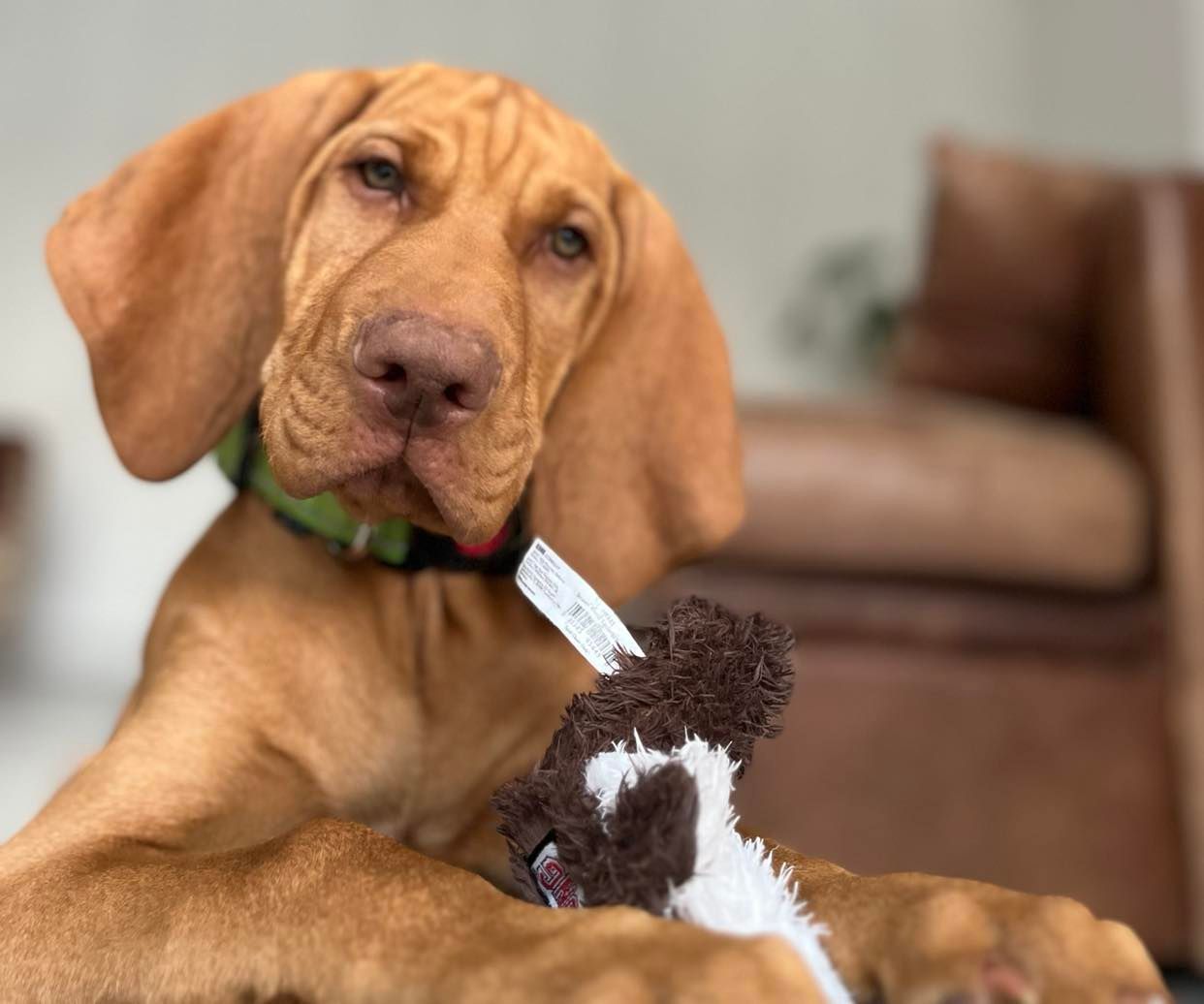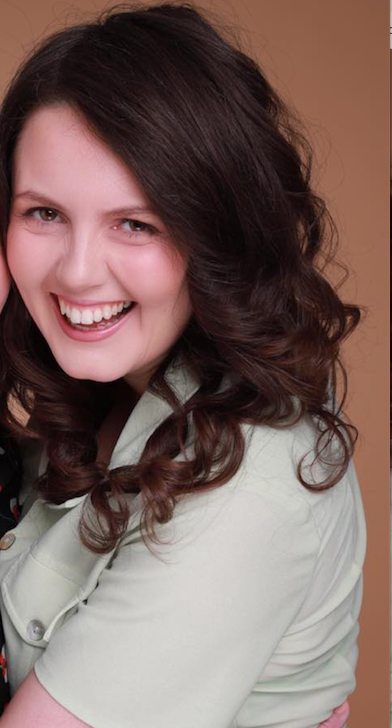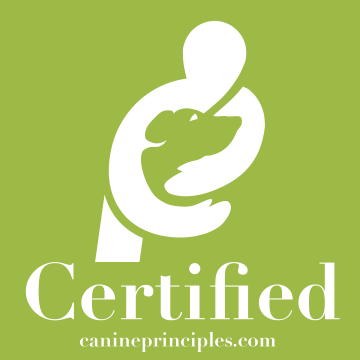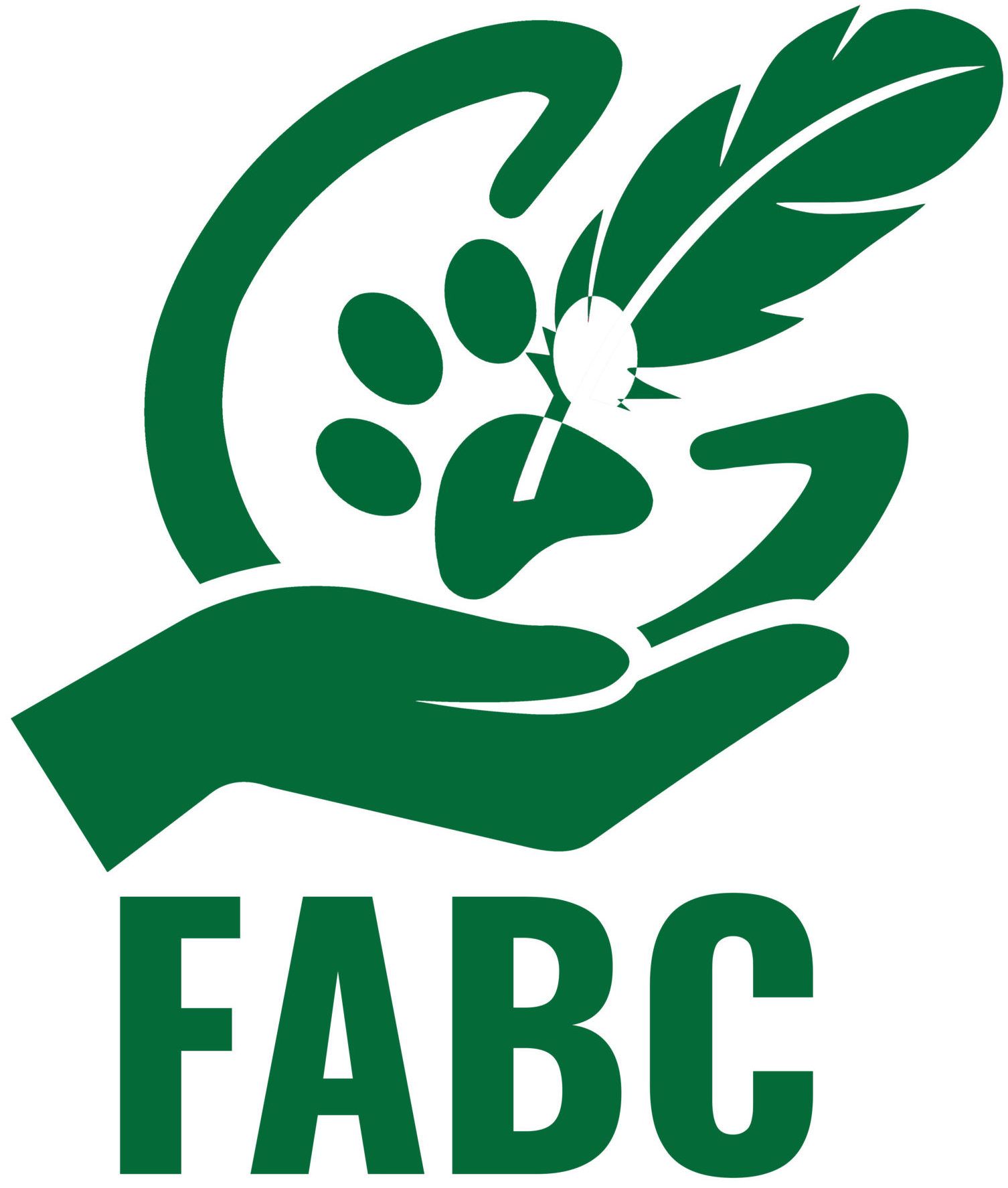What top 5 things should you teach your puppy straight away to set them up for success?
What should be a priority?
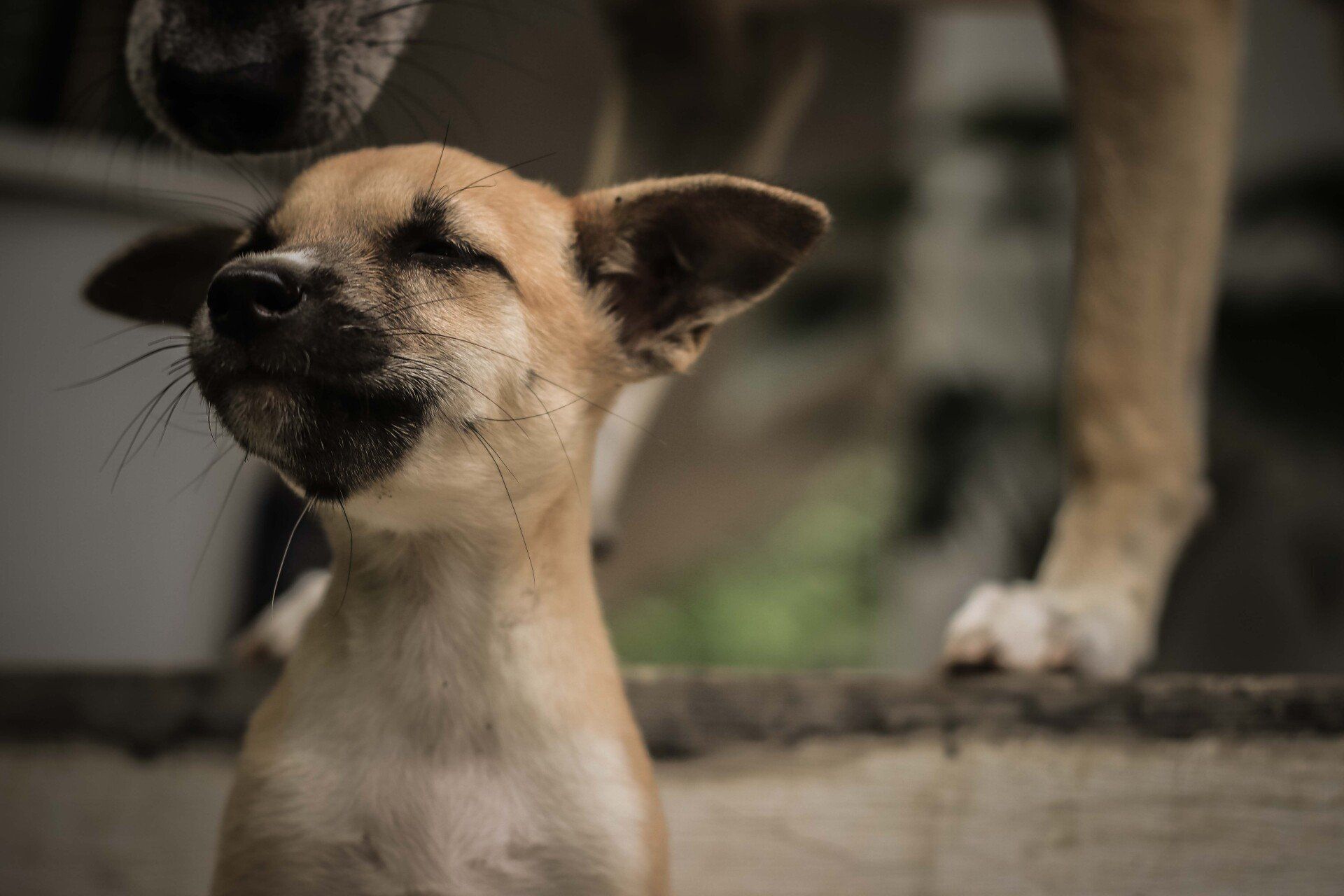
Training is important it can help keep your puppy safe. However, one of the greatest gifts you can give your dog is to recognise how they feel: if they are scared, nervous or want some space. To help them, providing carefully curated opportunities to socialise (actively interact with) with other dogs, and other pets in the home as well as humans is important. Puppies will experience interactions with many people including vets, groomers, children, friends and family members and all of these people are different shapes, sizes, wear different clothes, have different voices and ways of moving so the more exposure to these people when they’re young the better. As you’ll know, it’s not about overwhelming your puppy: you don’t want to pass them around like a Christmas present this can be scary! Allowing a puppy to interact and allow them to move away if they want to is important and will help build their confidence. Being around people is socialisation. Then having a chance to be handled and pairing this with treats will help a puppy feel that good things occur around people. Obviously they need to be able to move away if they want to so utilising a long lead is sensible. With dogs, cats need places to go up high - (if they can – some elderly ones may struggle, so a dog needs to be on the lead) – they are a prey and predator species and this will help them to feel safe.
Puppies may feel overwhelmed by lots of dogs. Placing a range of toys on the floor will help take the social pressure off. Matching dogs with play styles and ensuring they are mirroring each others body language will make for good play. As always : “if in doubt, leave it out!”. You can’t undo things so get your puppy out of a situation if you’re not sure. Allowing a puppy who has not been on the ground yet to hear sounds, see different sights and dogs will help with the socialisation process. It’s not a good idea to allow people to greet a dog if they’re in a sling – the dog has no where to go and can feel trapped by a mammoth hand coming near them! We want hands to be a predictor of good things.
Lots of training and obedience can be stressful so remember play is powerful! Your puppy needs lots of chances to play, sniff, shred, search and tug!
Skill 1 puppies can learn to drop items without a game of chase or tug
Drop is a fundamental life skill. If we are constantly taking things off our puppies then they may run off, try and move away or guard them. If these signs are egnored they are likely to go to higher level signs such as snapping, growling and biting. Our puppies have sore gums so it’s important they have a wide range of chew toys available. Puppies don’t know what is there’s and what is not (they can’t tell the difference between your expensive shoe and their rubber bone!) so it’s not fair to leave things out that they will chew up.
Teaching a dog to drop will help keep them safe and build confidence. It will also help if they get hold of another dog’s ball in the park!
Skill 2 puppies can learn to relax and be calm
To help boost a puppies emotional resilience having chances to relax, decompress and do nothing is important. Puppies need the chance to sleep and relax. If they are on the go all of the time and people are constantly playing with them they won’t learn to settle. Settling is important for a range of different environments – including puppy class, in the café, in the pub and when you’re working at home. If a puppy is constantly looking for attention, is following you everywhere and is always ‘on the go’ then this can be challenging. Allowing them to have chew toys and other independent activities is important so they have a mental outlet for their energy.
Skill 3 puppies can learn to come back when their name is called
Recall is fundamental. A lot of young puppies will follow a person round at first but then the world can be very exciting and intense and distracting! Building up positive associations with their name and a recall cue is imperative.
Step 1
To do this have some tasty treats and say their name, they don’t have to do anything.
Then choose a recall word such as come and give them a treat, they don’t have to do anything.
Repeat the above steps while your puppy sits in front of you many times, and do it in different rooms.
Then see what your puppy has learnt….
Throw a treat away from you.
Then say your dogs name and recall cue (after they’ve finished eating).
See if they come back.
If not go back to step 1.
Remember, proof your recall word in different situations, out in the park, away from people, away from other dogs on a dog walk, away from smells.
Also think about what your puppy is getting from the interaction: play, smells, attention… how can you match that?!
Skill 4 puppies can learn to walk politely on the lead so they’re not hurting themselves
A puppy has a sensitive neck that is growing. There are going to many different things that a dog is interested in. If a puppy is scared of something then they may associate any pain that they feel on their neck with the sight of the dog/person/thing. Therefore a well fitting harness is recommended.
Keep lead sessions:
- Short.
- Have high value rewards.
- Remember not to reinforce your dog if they are pulling – don’t walk on behind them.
Skill 5 puppies can learn to leave items
Learning to leave items is an important skill for a dog – it can prevent them from picking up something life threatening and dangerous. Remember to make sure your dog is responding to the cue word not the tone of your voice. Otherwise they can become scared of other noises.
Remember that lots of training challenges can come from unmet needs - boredom, inadequate exercise or stimulation or a desire to chew. Think of how these needs can be met and you’ll often see an improvement in combination with training. If you’re tired, and overstimulated you’re likely to find it hard to concentrate – you’ll need to bust some physical energy at the gym or going for a walk with friends.
